A variety of the highly pungent Capsicum genus of peppers, red chili peppers are noted for providing a moderate level of heat comparable to that of other widely used pungent peppers such as cayenne peppers and thai peppers, placing red chili pepper right in the middle of the scoville heat rating scale.
However, red chili pepper may require substitution in certain situations wherein its particular spiciness is either too weak or too strong, or in situations wherein it is otherwise unavailable to use for a particular recipe.
The best red chili pepper substitutes in terms of Scoville level are Tabasco peppers, Manzano peppers, and Cayenne peppers.
Weaker Scoville Substitutes for Red Chili Peppers
In the event that the red chili pepper is too spicy and as such either unbalances the flavor profile of the dish or is unpleasant to the particular heat tolerance of the individual consuming the meal, several peppers rated lower on the scoville heat scale may act as excellent substitutes.
It is important to remember though that – despite the fact that the following peppers are also peppers – the finer notes of flavor may still differ between each species of pepper vegetable used, with some being sweeter in flavor and others possessing a more mature and smoky body of taste.
Banana Peppers

More subtle and tangier in flavor than the red chili pepper, the banana pepper is an extremely weak ingredient in regards to its pungency, but nonetheless may act as a substitute to red chili peppers in the context of texture and certain aspects of its flavor.
When choosing to utilize banana peppers as potential substitutes to the red chili pepper, it is best to use the more mature ones that have begun to take on a darker hue or color, as these are somewhat spicier and possess a more similar flavor to the red chili pepper.
Serrano Peppers
Originating, like many species of chili, from the country of Mexico, the serrano pepper rates at anywhere between 10,000 to 23,000 scoville heat units on the scale, making it approximately half as strong as most common cultivars of red chili pepper.
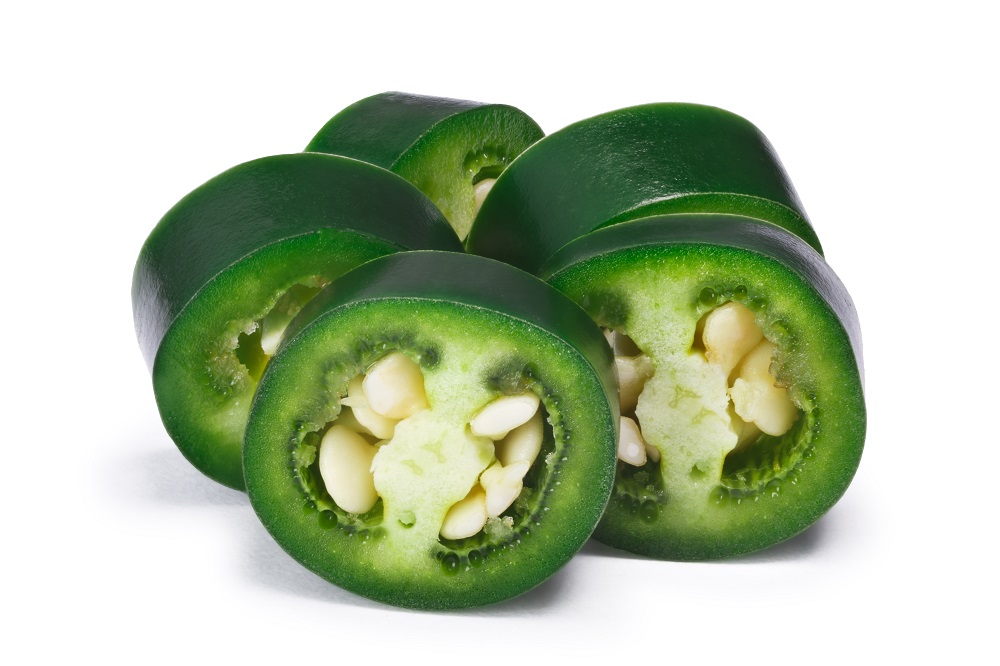
This allows the serrano pepper to be used in practically every recipe that the red chili pepper would normally be used in – with the exception of the fact that it will provide only half as much pungency or spiciness, if that is what is required in the meal.
An additional benefit to using the serrano pepper as a red chili pepper substitute is the fact that, in its mature form, the serrano pepper is nearly indistinguishable from the red chili pepper save for its slightly thicker skin, recreating the same appearance with less of a spicy impact.
Jalapeno Peppers
At a point of pungency between that of the serrano and the spiciness of a banana pepper, the jalapeno pepper is a favorite among a variety of western cuisines due to its fleshy texture and moderate spiciness at an approximate 4,000 to 9,000 scoville heat units.

This makes the jalapeno an excellent substitute to red chili peppers in dishes like sauces, stuffed peppers or other types of food that require a fleshy pepper with a slightly sweet flavor and a significantly weaker spiciness than that of the red chili pepper.
Certain types of jalapenos are also allowed to mature and turn a bright red or orange color, also allowing this particular type of chili pepper to act as a visual substitute to red chili peppers – though the jalapeno is significantly larger.
Similar Scoville Substitutes for Red Chili Peppers
In cases where the red chili pepper must be substituted either due to a lack of availability to the chef or because of a particular characteristic that is native to the red chili pepper itself and not in other forms of pepper, it is entirely possible to use peppers of similar scoville ratings to said red chili pepper.
This, of course, does not automatically equate to the substitute pepper possessing flavors and textures identical to that of the red chili pepper, and as such it is important for one to match the substitute pepper with the recipe they have in mind.
Tabasco Peppers
Most famous for its incorporation as the star ingredient in tabasco sauce and similar condiments, tabasco peppers possess a scoville heat rating of anywhere between 30,000 to 50,000 – placing it at exactly the same range of spiciness as the red chili pepper.
The tabasco pepper, in its more mature form, also replicates the appearance of the red chili pepper almost perfectly, allowing it to be used as a garnish or for the purposes of aesthetic in place of the latter type of pepper as well.
Manzano Peppers
With the appearance of a crossbreed between an apple and a tomato, the manzano pepper could not be more deceptive with its rather significant level of pungency, clocking in at anywhere between 30,000 to 50,000 scoville heat units, rivaling that of the tabasco pepper.
This rather high level of spiciness also makes it an approximate equal to that of the red chili pepper – though the manzano pepper’s higher level of moisture makes its spiciness more profusive, and as such may be seen as even more spicy than the red chili pepper.
In terms of flavor profile, manzano peppers are distinctly more citrusy and sweeter than the red chili pepper, making them excellent for stuffing or for incorporation into pasta sauces wherein this rather saccharine flavor profile can pair well with other, more savory ingredients.
Cayenne Pepper (Whole)

More commonly known as a dried and ground spice added to a variety of Eastern and Hispanic cuisines, cayenne pepper in its still intact form is yet another excellent red chili pepper substitute due to a variety of characteristics that this particular pepper shares with the red chili pepper.
The most obvious of these shared characteristics is the scoville heat rating of 30,000 to 50,000, placing it at the same level of the red chili pepper, making the two peppers practically indistinguishable in a recipe when pungency is the only matter in question.
However, this similarity is not solely reserved to the spiciness of the cayenne pepper, as it is also quite similar in appearance with a bright red skin and elongated body that gives it the look of a slightly longer red chili pepper.
The similarity is somewhat reduced in terms of finer flavor notes, as the cayenne pepper in its whole and untreated form is somewhat smokier and more earthy than the red chili pepper – making it a better suited substitute in such recipes like curries or meat dishes that can benefit from such an undercurrent of taste.
Seasoning Substitutes to Red Chili Pepper Powder
If simply using a pepper substitute is out of the question or unnecessary in the context of the recipe, using a seasoning or spice as a substitute for the spiciness or flavor of the red chili pepper and its subsequent powdered form is a perfectly suitable decision.
The following seasonings and spices are a poor substitute for situations that require fresh and non-dehydrated ingredients to be used, however, as even with the use of certain spice activating techniques such as toasting or blooming will still create a different and somewhat more understated experience to whole peppers.
Cayenne Pepper Spice
The dehydrated and ground form of the cayenne pepper, cayenne pepper spice clocks in at an approximate 30,000 to 50,000 scoville heat units, equaling that of the red chili pepper with the benefit of being a powder, making it more easily mixed throughout a dish.
Cayenne pepper in this particular form will often take on a more mellow and understated flavor, making it more of a complementary ingredient than one capable of acting as a primary factor in the dishes’ flavor profile.
As such, it is best to use cayenne pepper spice as a red chili pepper powder substitute in recipes that utilize a variety of powerfully flavored ingredients that are only enhanced further by the presence of cayenne pepper spice.
Red Chili Flakes
Perhaps one of the most obvious substitutes to the red chili pepper and red chili pepper powder, red chili flakes are the dehydrated and thinly sliced form of the ever popular pepper, often being used as a topping on pizza or incorporated into pasta dishes in a manner that red chili pepper or its powder cannot be.
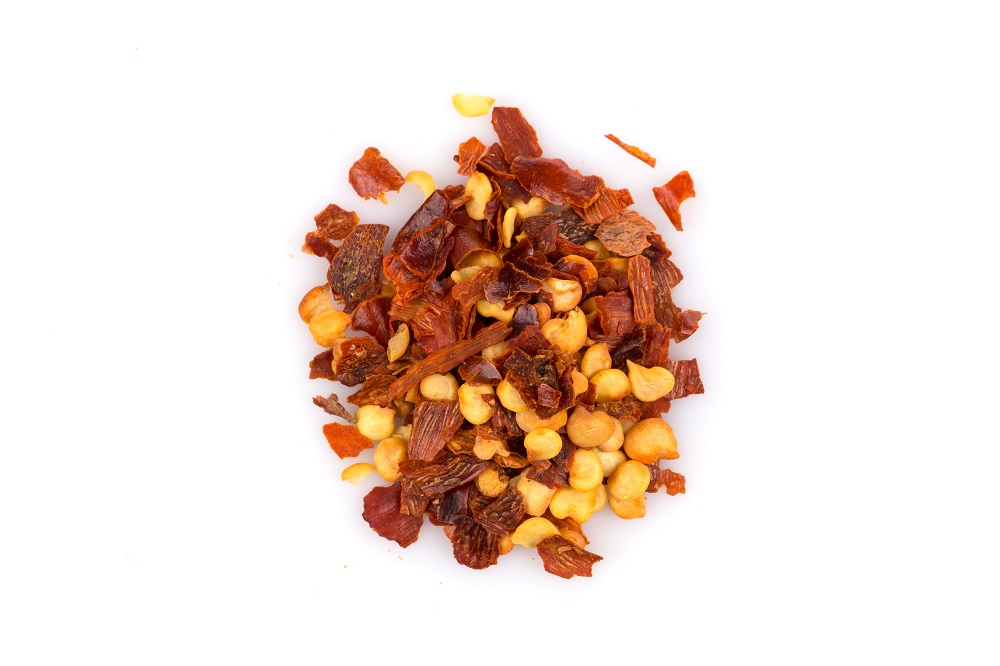
When substituting for red chili pepper in its whole form, it is best to use slightly more red chili flakes in terms of volume as the dehydrated flakes possess a slightly weaker flavor and a lower level of pungency than its more fresh variant.
This is also the same case for substituting red chili pepper powder, though the less easily mixed nature of the red chili flakes may exclude its use in certain types of dishes that should not have such a texture.
Chili Powder
Oftentimes confused with red chili pepper and its powdered form, chili powder is in fact a spice mix and not the derivative of a single type of Chile pepper, making it more of an alternative ingredient instead of a potential substitute for the red chili pepper and red chili pepper powder.
Chili powder will usually contain – apart from red chili pepper powder – other types of spices such as cumin or black pepper, of which will not only enhance the flavor of the red chili pepper powder that is present in the mix but also allow it to complement certain recipes better than the red chili pepper on its own.
The nature of this spice mix, however, also makes it a rather unsuitable substitute to red chili in recipes that do not require the presence of the other spices and seasonings present in the chili powder – making it a rather situational substitute ingredient at best.
Clearly, chili powder makes an excellent substitute to red chili powder in chili-based dishes, but can also add a certain flair to other recipes that normally require only red chili pepper, such as certain pasta sauces or in tacos.
Paprika
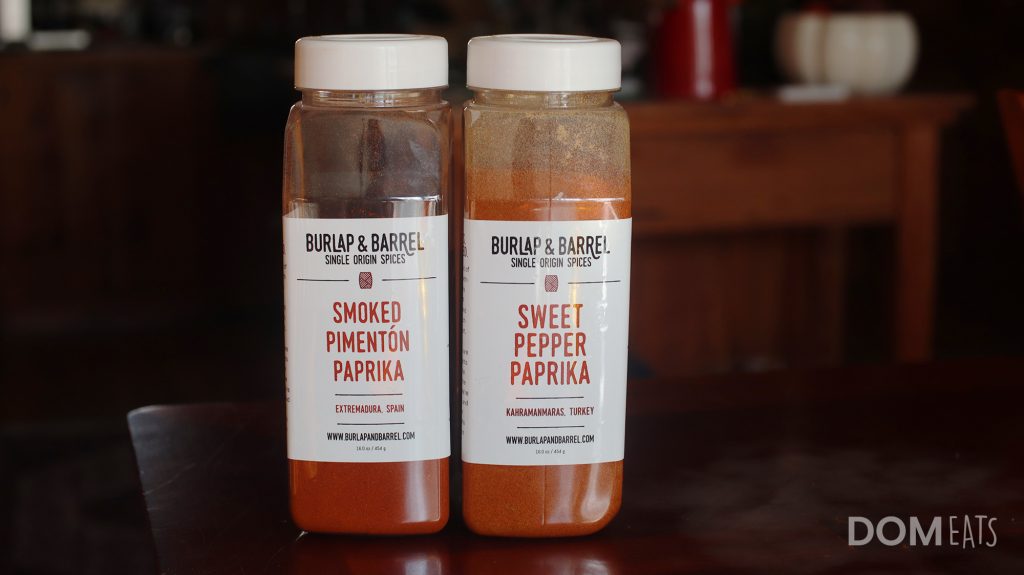
Not a single type of pepper-derived spice but actually a class of spices derived from widely differing species of spicy peppers, paprika is yet another perfect substitute for the red chili pepper and red chili pepper powder.
This is due to the fact that most common store-bought paprika products are produced from red peppers quite similar to that of the red chili pepper, the majority of which will possess a scoville heat unit rating of levels close to the red chili pepper.
Paprika is also capable of replicating the somewhat smoky undercurrent of flavor present in the flavor profile of red chili pepper, making it not only excellent in terms of substituting the pungency of said pepper but also in parts of its flavor profile.
References
1. S Kosuge, Y Inagaki, H Okumura (1961). Studies on the pungent principles of red pepper. Part VIII. On the chemical constitutions of the pungent principles. Nippon Nogei Kagaku Kaishi (J. Agric. Chem. Soc.), 35, 923–927; (en) Chem. Abstr. 1964, 60, 9827g.
2. Othman, Z.A.A.; Ahmed, Y.B.H.; Habila, M.A.; Ghafar, A.A. Determination of Capsaicin and Dihydrocapsaicin in Capsicum Fruit Samples using High Performance Liquid Chromatography. Molecules 2011, 16, 8919-8929. https://doi.org/10.3390/molecules16108919
3. List of Capsicum cultivars. (2022, February 15). In Wikipedia. https://en.wikipedia.org/wiki/List_of_Capsicum_cultivars
4. Gerardo Fernández Barbero, Ali Liazid, Latifa Azaroual, Miguel Palma & Carmelo García Barroso (2016) Capsaicinoid Contents in Peppers and Pepper-Related Spicy Foods, International Journal of Food Properties, 19:3, 485-493, DOI: 10.1080/10942912.2014.968468

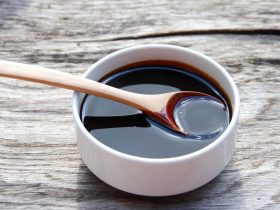
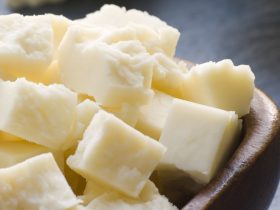

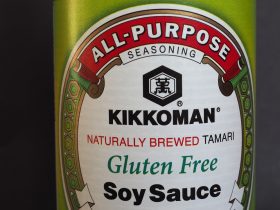
Hi, I'm Dom
Dom Eats was started to help other people fall in love with food. While cooking can feel intimidating, it doesn't have to be.